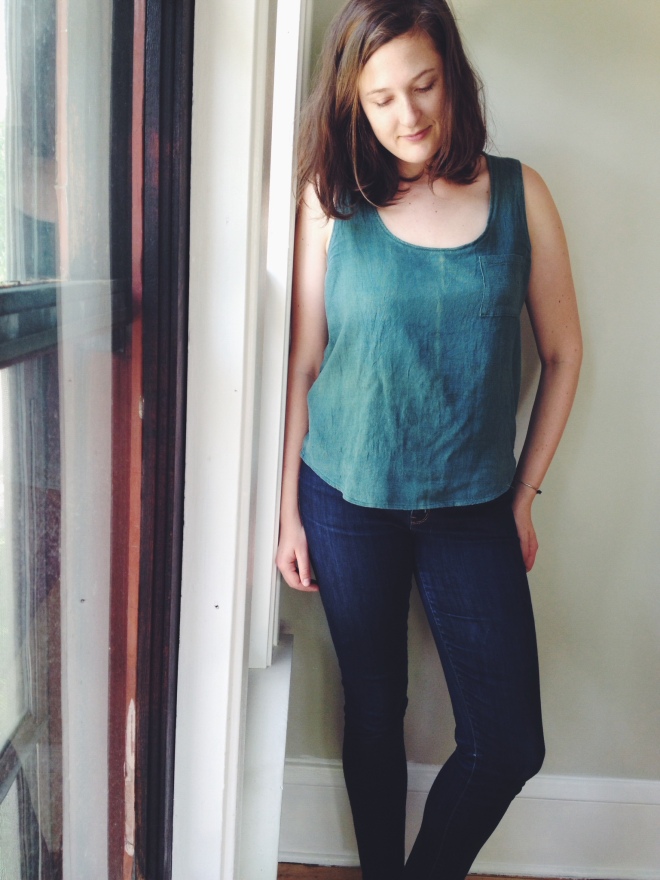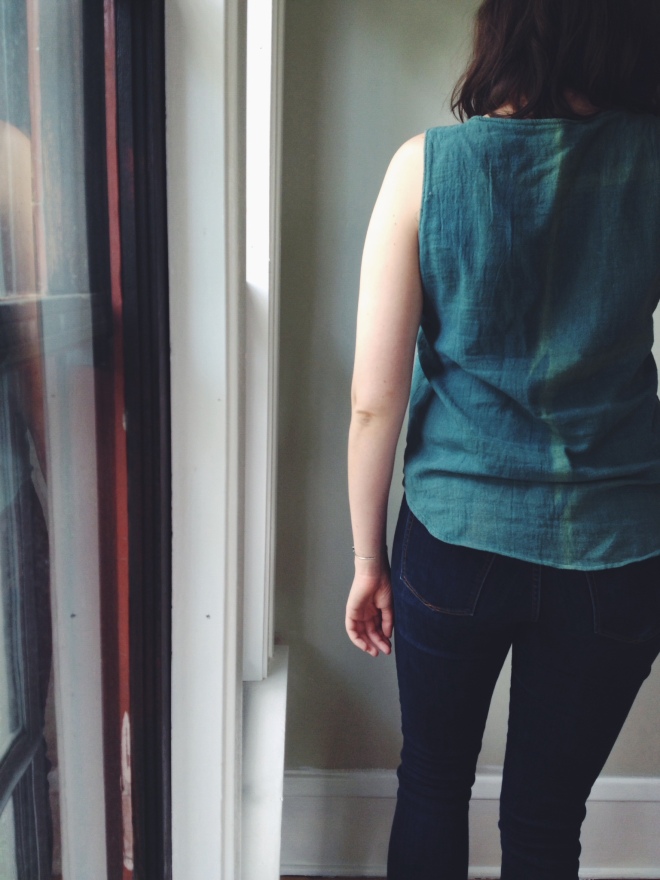
When I felt the first chills of fall last year, I panicked just a little bit. I’ve lived in cold climates before, but had adapted my wardrobe to California’s temperate weather, and faced a serious lack of winter layers.
Specifically, I needed long sleeve shirts with long enough sleeves because covering your wrists is important for retaining body heat, and also because I’m very tired of hems coming up short. When Grainline Studio released the Lark Tee, visions of cozy, custom-fit base layers danced in my head.

If I wasn’t focused warmth, I think the Lark Tee would make an excellent wardrobe staple in some organic cotton knit fabric, grown and milled in the USA, either from Alabama Chanin or Organic Cotton Plus. I tried to find a wool fabric of comparable domestic origins, but came up short. I found the greatest transparency with a little digging into some Pickering International blended knits from Fancy Tiger Crafts. I chose modal/wool in “seaweed” (no longer available) and heather gray organic cotton/yak down and was happy to support the lovely Denver shop I admire so much.
Waylaid by holiday projects, work, and I dunno, a general lack of enthusiasm for sewing knits, I actually didn’t get around to sewing a Lark until the tail end of winter. But back in January, when temperatures dropped below zero, I instinctively reached for the cozy gray knit and whipped up a Papercut Patterns Rise/Fall Turtleneck. After studying some instagram shots of the completed pattern, I went with the “Rise” body and the “Fall” neck for a slimmer fit with a full turtleneck. I lengthened the sleeves by 2.5″ and the body by 1″, which was a little bit cropped but all I could squeeze onto the yardage. Without even hemming the edges, I ended up wearing this top several days a week during the coldest spells.

In January, I had the opportunity to help a local organization on a project launch, and ended up visiting their office once per week. The dress code was a pretty big step up from my work from home attire (and even my former SF office outfits), so I was really glad to have this turtleneck in the rotation. I especially enjoyed wearing it as seen here, with a vintage silk skirt, tights, and boots. My occasional commute was also much improved by an incredible wool cape that I found at a local vintage shop — it’s essentially a wearable blanket, which is both fun to wear and seriously practical, and also a little more stylish than the bulky sweaters I favor for casual wear. It made my wool coat (also thrifted) practically impenetrable to the icy winds on my walk to the bus stop.
As for the Lark tee, I was a little worried that the drapey tissue-knit wool/modal blend would be tricky to sew. But I found it very easy to cut with a rotary cutter, and my machine handled it smoothly with a narrow zig zag stitch and a light ball point needle. I finished the edges with a twin needle which did create a bit of a bump, I think because the fabric didn’t have enough structure to resist bunching between the two rows of stitching, but it doesn’t bother me.

If you’ve read other Lark reviews, many people have commented about the body length, and it’s true – the torso is long. I ended up cutting about 1″ off the length, but I also lengthened the sleeves by a total of 2″ for a really long, thumb-grazing cuff (when the elbows aren’t scrunched up, at least). I’m not really a fitted T-shirt person, my favorites tend to be a bit boxier and loose, but I like how the Lark is more “figure skimming” than close fitting, and I know I’ll make a few more variations. For this one, I found the armscye fit was much too droopy in the drapey and light fabric, so I just took in the underarm and sleeve curve until I was satisfied — about 3/4″ of an inch total where the sleeve meets the body. The photo below (albeit grainy) shows how I adjusted the armscye incrementally (I stopped when I liked the fit, and copied that shape and distance on the second side).

In terms of materials, these two fabrics are exotic to me. I’ve seen this organic cotton/yak down blend used in a few indie fashion collections, and I think it’s a pretty good option for a “luxury” knit akin to cashmere blends. Despite it’s high-end reputation (which sort of connotes limited supply, in my mind), high demand for cashmere is turning “grasslands into a dustbowl” due to overgrazing, whereas Yaks are better suited to the landscape. I learned about the benefits of Yak down from the British knitwear brand Tengri, and I also like how Zady is positioning Alpaca as an alternative to cashmere, though I would love to see them support domestic Alpaca farmers. I’ve found local alpaca and alpaca/blend yarn pretty accessible, and a treat to knit with and wear.
Modal is another new one for me, and a fiber which I was hesitant about at first because it’s in the “semi-synthetic” family of fibers, like rayon. That means that although it’s derived from natural materials (wood pulp), the process of creating a yarn is more like a synthetic fiber (think Polyester or Nylon), which can be more harm than good. I can easily to go down an internet rabbit hole reading about wood pulp fibers (i.e. most rayons, including lyocell, Tencel, and Modal), which by many accounts are causing deforestation, and by other accounts are chemical-intensive and hardly worth the “natural”/eco-friendliness we associate with materials like bamboo.
But I’ve learned that there’s an important distinction: name brand wood pulp fibers, like Modal and Tencel, from the company Lenzing are lower impact because the company has 95-100% closed-loop production systems which reduces the chemical input and the effluent. And the inputs are more traceable because Lenzing only uses Austrian-grown Beechwood (for Modal) which is not directly leading to deforestation. I appreciate this accountability and I think this technology offers better options than standard rayon or bamboo rayon, though the carbon footprint is probably still pretty high from the material use (trees) and transportation, so I aim to use them sparingly.

Funnily enough, after ordering the fabrics I came across US grown and made wool knitwear from Ramblers Way, and it was on sale to boot! A set of long underwear, a henley, and a wool slip (worn beneath my Lark tee in these photos) all proved critical for my winter wardrobe. If you’re looking warm, temperature-regulating layers, I’d definitely recommend them, and they’re vertically integrated with fair wages and low-impact dyes, all the good stuff. I wore the henley for winter running and enjoyed it so much more than plastic-y “tech” fabrics.
I love making clothes, and especially the ability to customize them (like lengthening the sleeves!) but increasingly it seems like there are ready-to-wear brands in the U.S. making more conscious decisions than fabric manufacturers, or perhaps it’s that they have more resources to devote to setting up a supply chain directly from the raw material. I like to support these clothing brands when I can, but then I miss the satisfaction and experience of making it myself. Do other makers feel this dilemma?
For next winter, I’m already dreaming of up-cycled wool leggings inspired by Tasha’s designs. I could see this working really well with a color-blocked design like the Aires legging, and maybe it would even work for athletic endeavors!
What are your cold-climate staples?
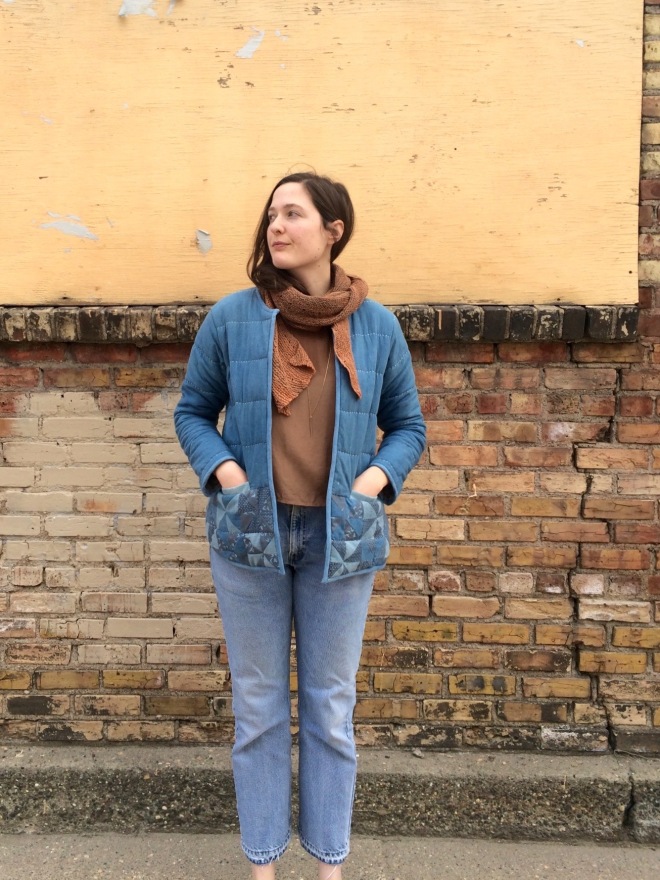
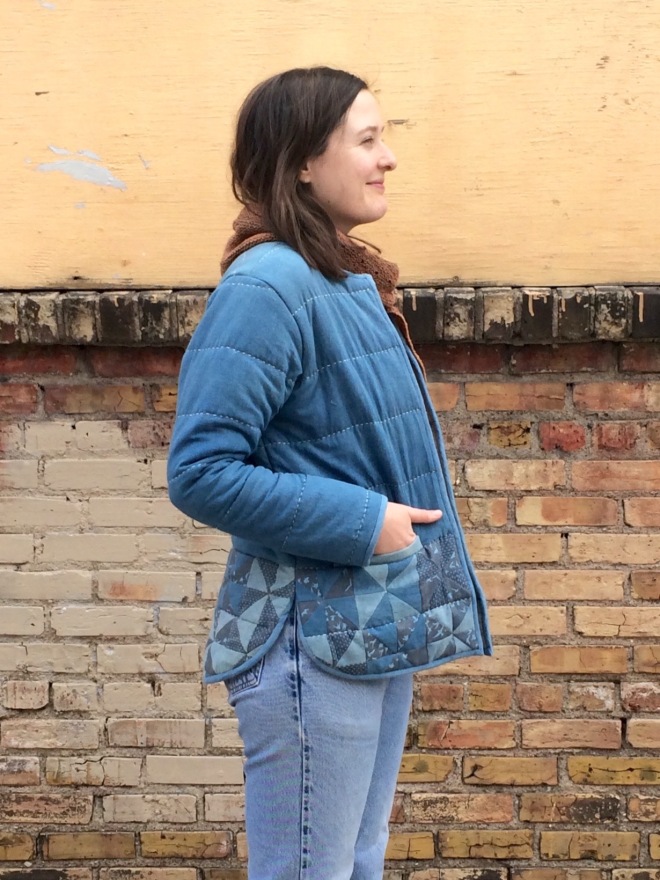
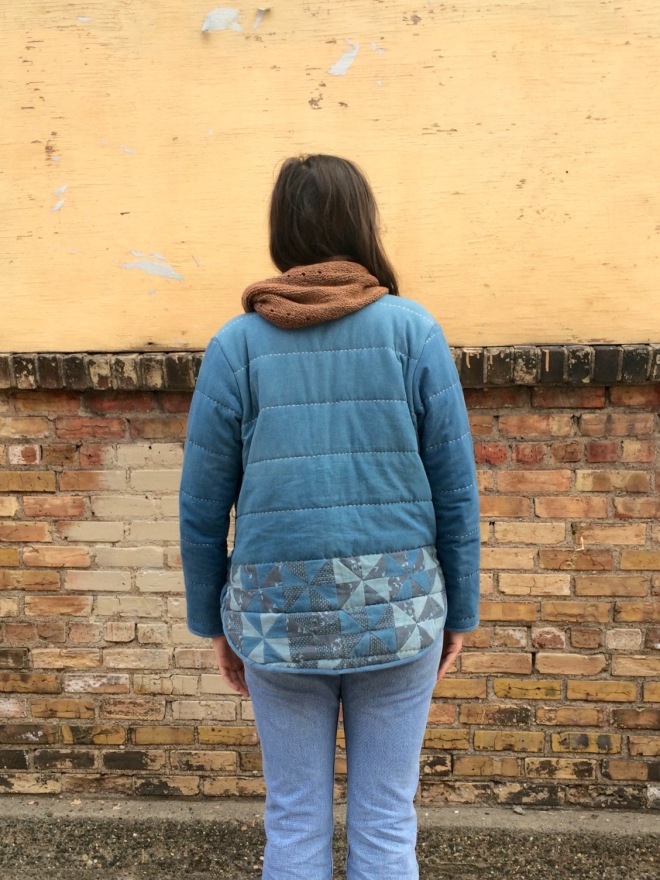
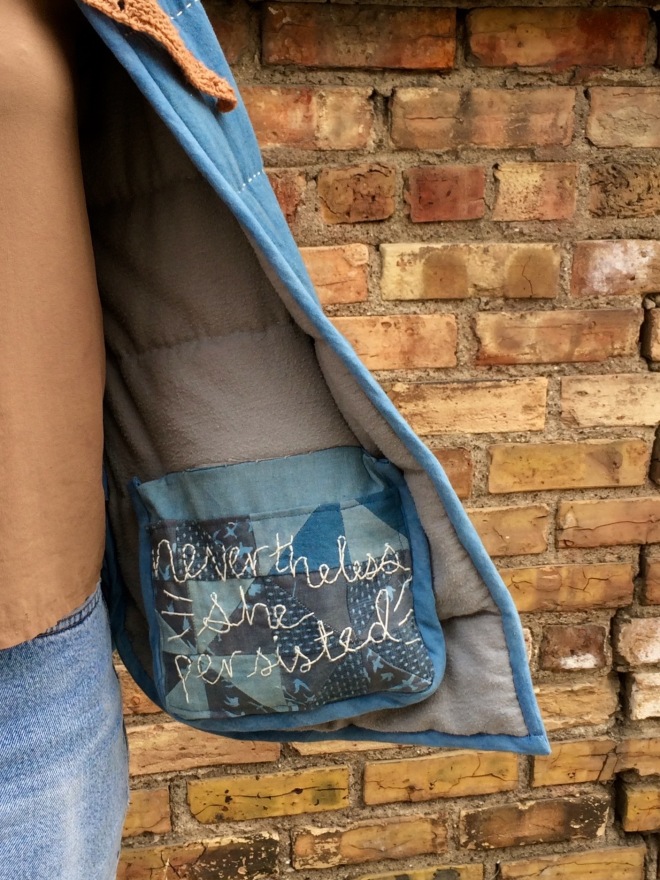
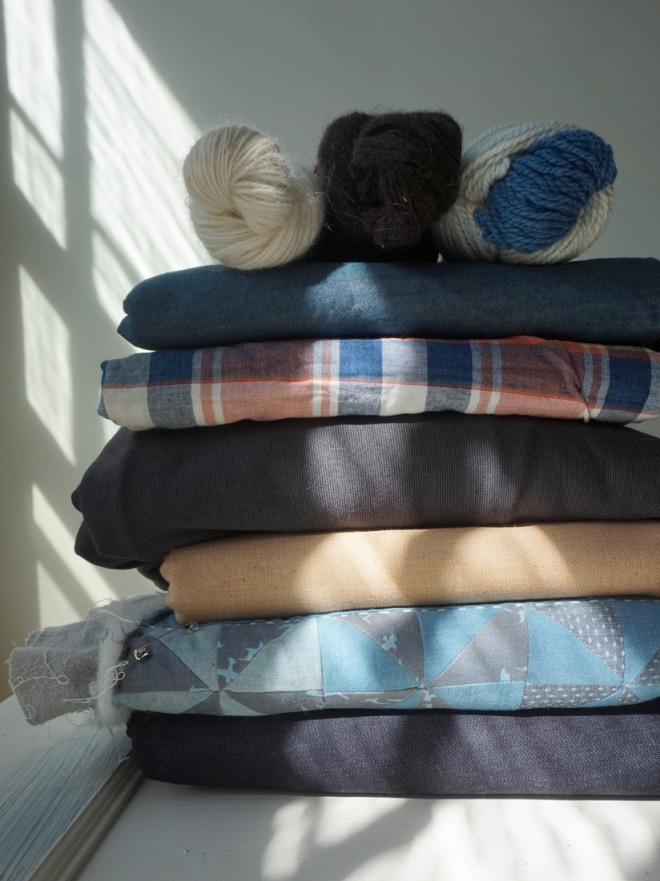

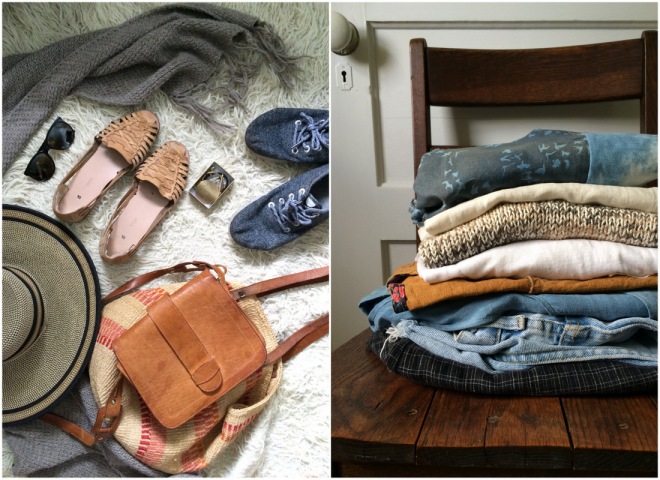



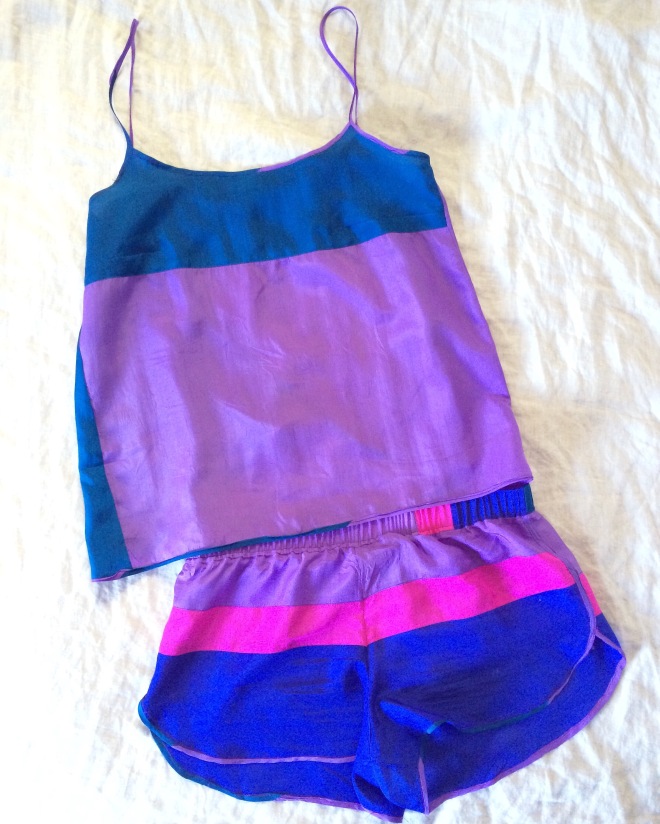
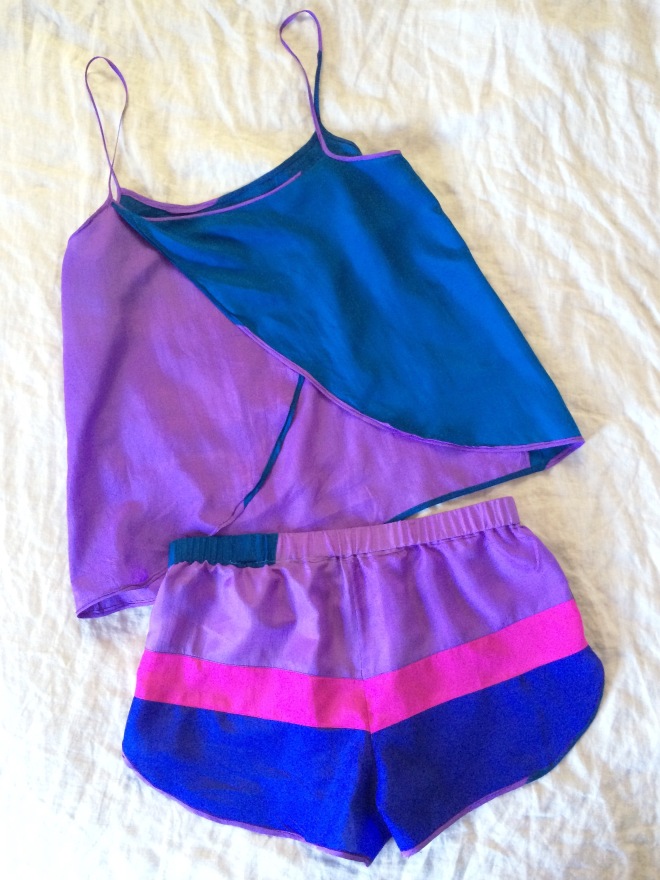
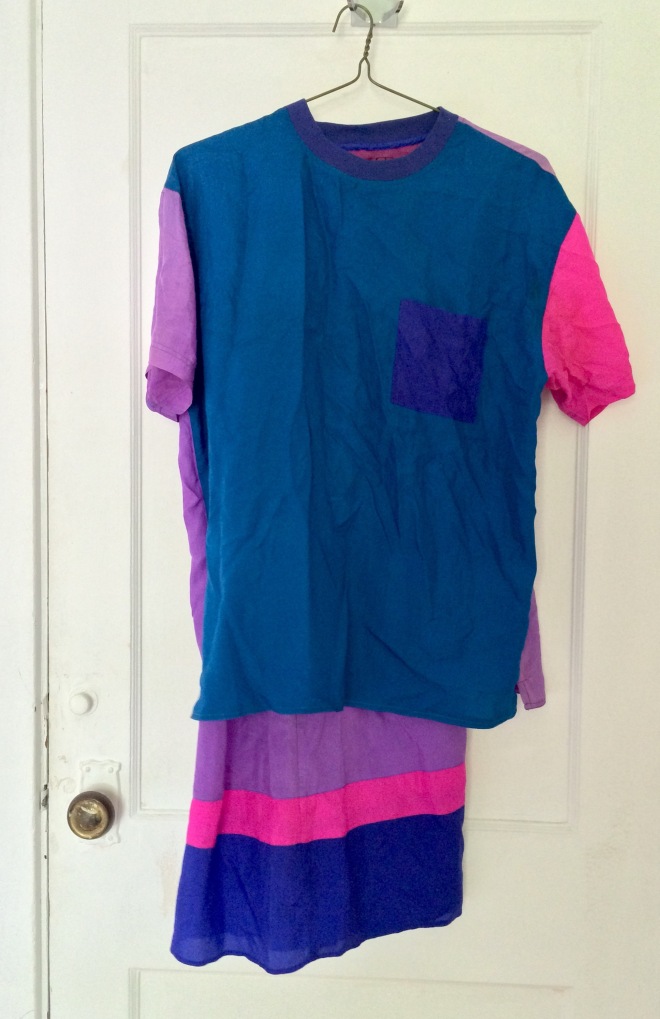
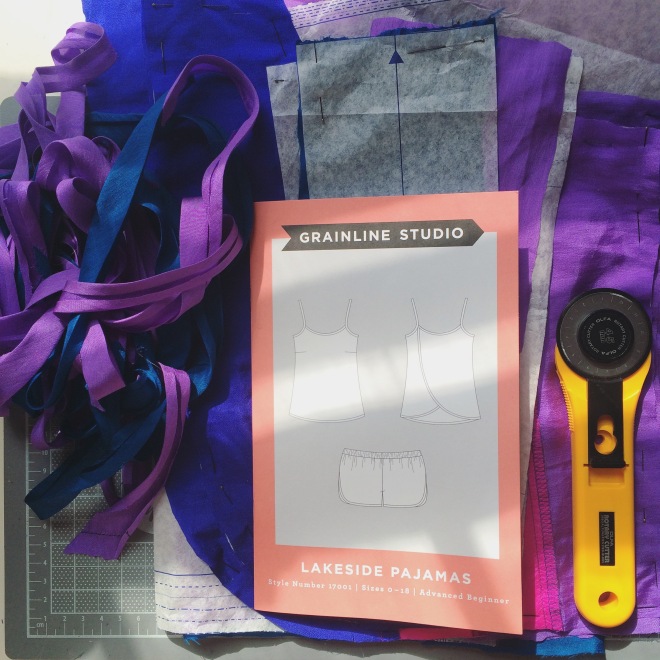
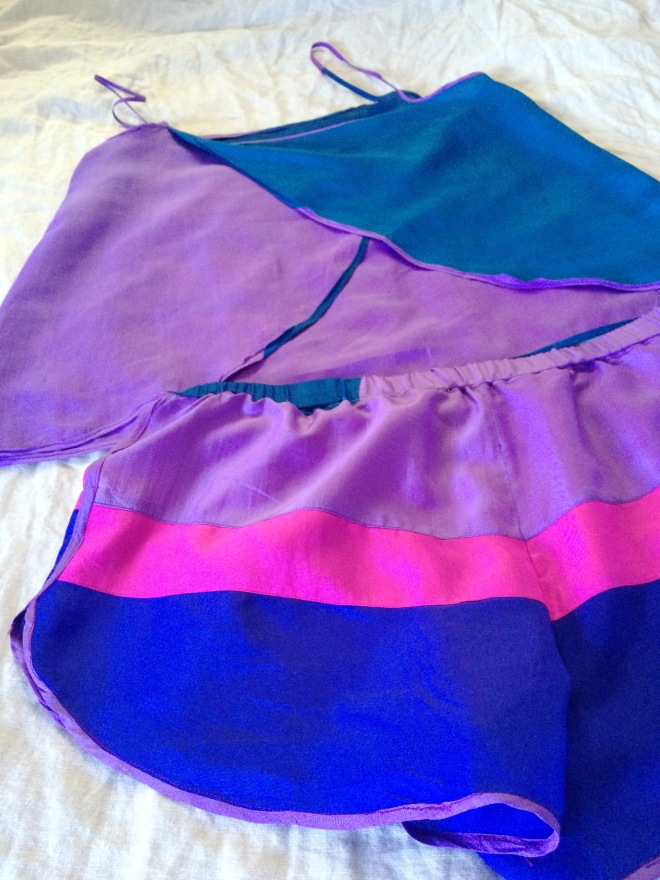
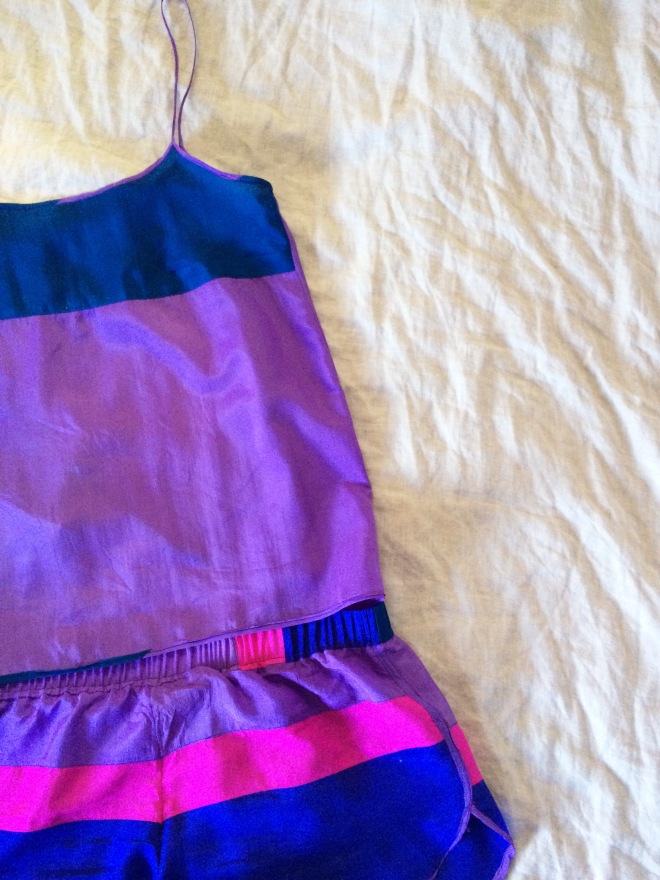




















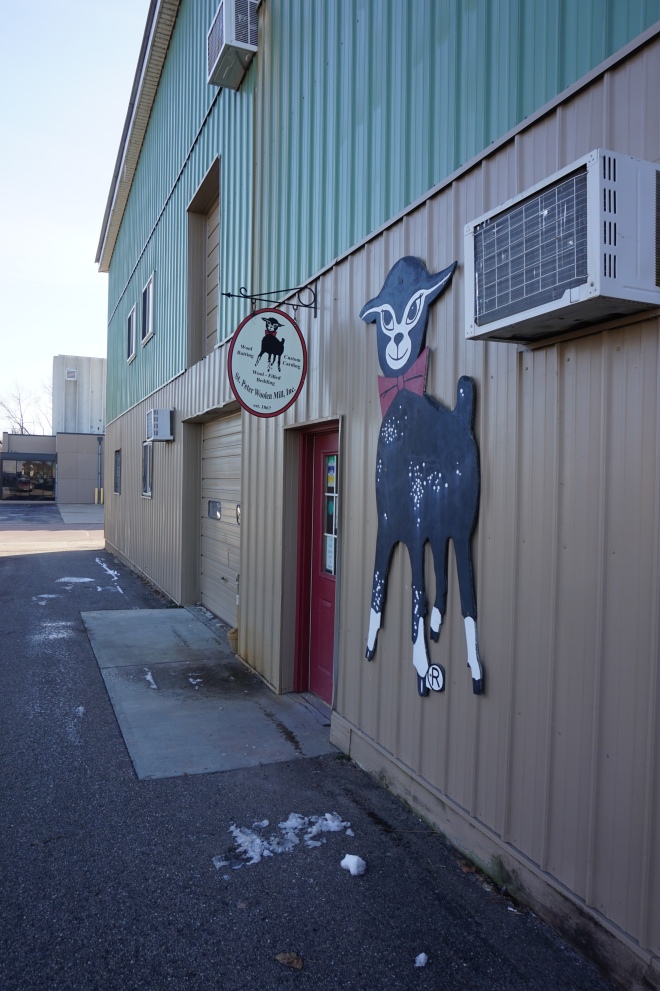











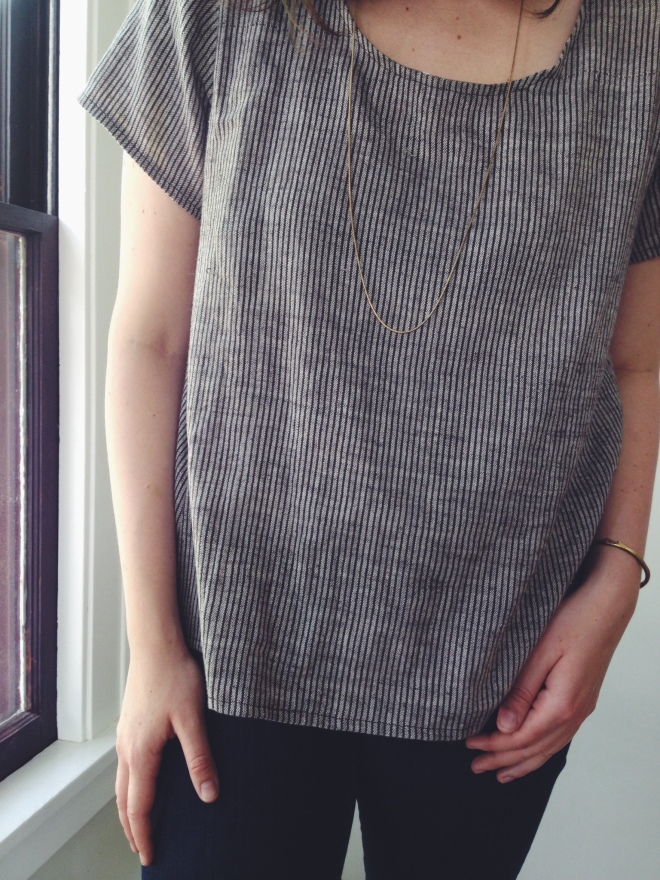 Khadi is a term for handspun and handwoven cloth, but it is also emblematic of the movement for Indian self-reliance and freedom from British colonialism. Gandhi advocated for each person to spin their own cotton and each community to weave their own cloth so that the Indian people would create home-grown textiles rather than buying fabric back from the British who held tight control over the cotton markets. Gandhi encouraged a daily practice of spinning with a foldable spinning wheel or charkha and community-scale fiber farmning, weaving, dyeing, and block-printing; a true example that the revolution begins at home. (This cursory overview of the history of khadi was imparted by my teacher in India, Saatchi, and a brief stay in the village and ashram of
Khadi is a term for handspun and handwoven cloth, but it is also emblematic of the movement for Indian self-reliance and freedom from British colonialism. Gandhi advocated for each person to spin their own cotton and each community to weave their own cloth so that the Indian people would create home-grown textiles rather than buying fabric back from the British who held tight control over the cotton markets. Gandhi encouraged a daily practice of spinning with a foldable spinning wheel or charkha and community-scale fiber farmning, weaving, dyeing, and block-printing; a true example that the revolution begins at home. (This cursory overview of the history of khadi was imparted by my teacher in India, Saatchi, and a brief stay in the village and ashram of 